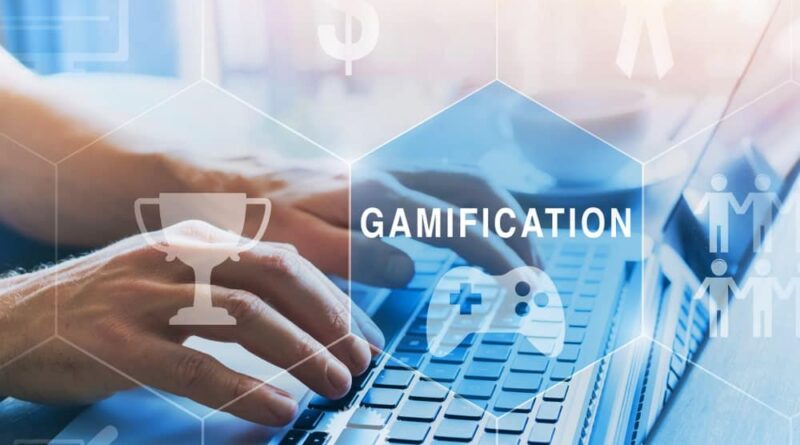Gamification involves integrating game-like dynamics to reward engagement, thereby fostering desired outcomes. It replaces routine tasks with elements such as competition and point-scoring, making it highly versatile across various business departments like marketing, HR, sales, and supply chain.
Companies can utilize gamification to incentivize staff in activities that drive leads, sign-ups, or meetings with skilled candidates.
Statistics on WordPress Gamification in the Workplace
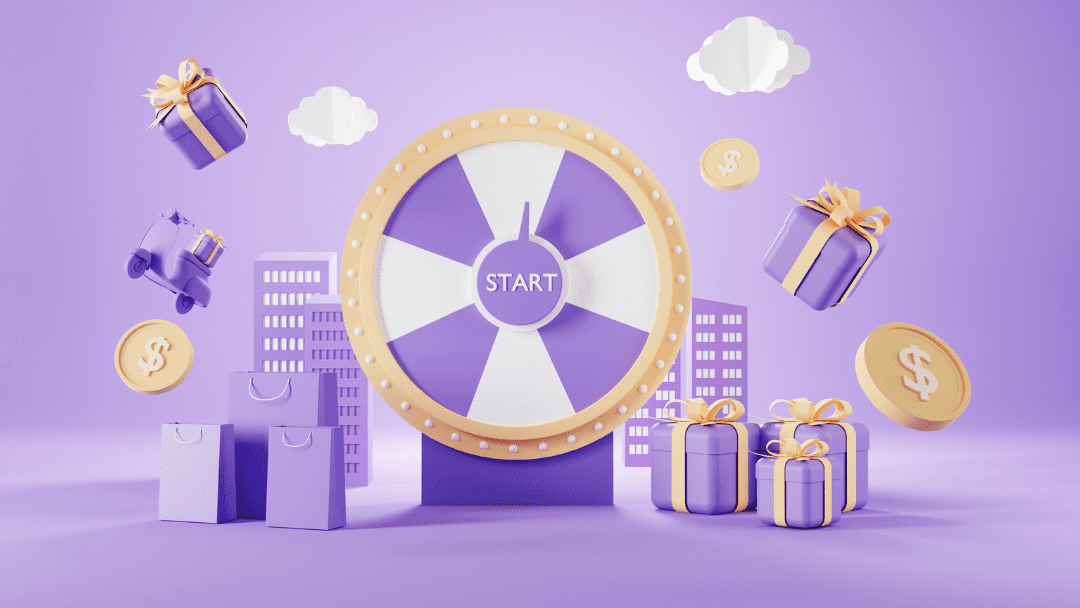
source: elegantthemes.com
The adoption of gamification through a WordPress gamification plugin at the workplace is on the rise due to its impressive results:
- 90% of employees believe gamification improves productivity. This indicates that gamification can significantly enhance a workforce’s overall output and performance. Companies can increase employee motivation and efficiency by incorporating gamification elements into tasks and processes.
- A gamified work environment increases employee engagement by 60%. Higher employee engagement has numerous benefits, including reduced turnover rates and increased job satisfaction. Gamification helps create a more interactive and engaging workplace, contributing to the overall well-being of employees.
- Businesses employing gamification tactics see seven times greater profitability than those without. The financial impact of gamification is substantial. Companies that effectively employ gamification strategies report significantly higher profits than those that neglect this powerful tool.
Six Effective Gamification Strategies
1. Provide Creative Rewards:
While rewards play a vital role in gamification, not all rewards are equal. Professional recognition and growth-related rewards often work best. These might include a meal with the CEO, a VP’s LinkedIn endorsement, recognition at an all-hands meeting, or an offer to write a guest blog post for the company website, all of which are cost-effective.
Creative rewards incentivize participants and enhance their overall experience, making the gamification process more enjoyable and memorable.
2. Avoid Overemphasizing Rewards:
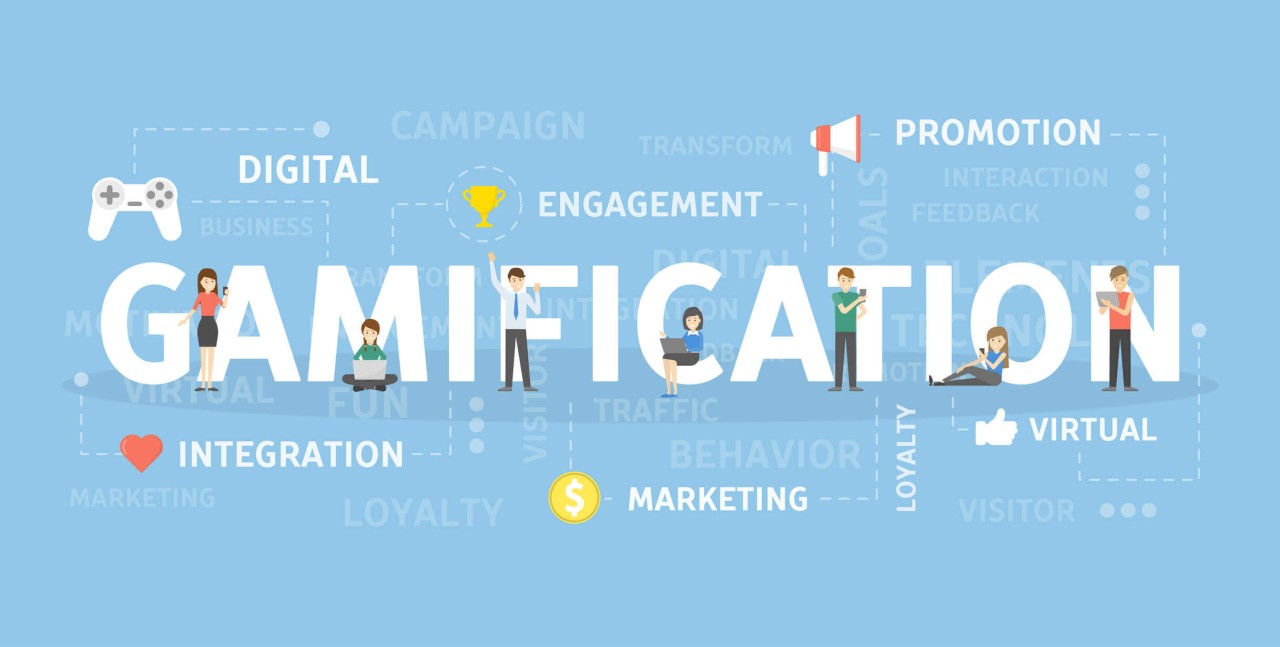
source: pinterest.com
Relying solely on enticing rewards can lead to long-term funding challenges and incorrect incentives. The most effective gamification techniques focus on creating a sense of competition among participants. Balancing rewards with other gamification elements, such as competition and recognition, is crucial. Overemphasis on rewards, such as to gamify website, can have unintended consequences and reduce the overall effectiveness of the gamification strategy.
3. Take The Bird’s Eye View:
Consider long-term sustainability when introducing gamification. Overcomplicating gamification methods or overwhelming participants can result in diminished engagement over time. Aim for sustained engagement, not just initial excitement. It’s essential to maintain a long-term perspective when implementing gamification. Sustainable engagement is the key to reaping the full benefits of gamification in the workplace.
4. Give Your Audience a Level-Playing Field:
Sharing the scoring system is essential in gamifying employee influencer programs. This transparency helps participants understand the rules, goals, and how to win, ensuring everyone can engage effectively. When implementing gamification, clear communication and transparency are critical. Sharing the scoring system ensures all participants have a fair and equal opportunity to participate and succeed.
5. Focus on All Participants:
While not everyone may be a top performer, every participant should receive recognition. Even if a small portion of participants contributes significantly, appreciating all participants is crucial for maintaining engagement and teamwork. Recognizing the efforts of all participants, regardless of their performance, fosters a sense of inclusivity and teamwork within the gamification framework.
6. Mandatory Monitoring and Reporting:
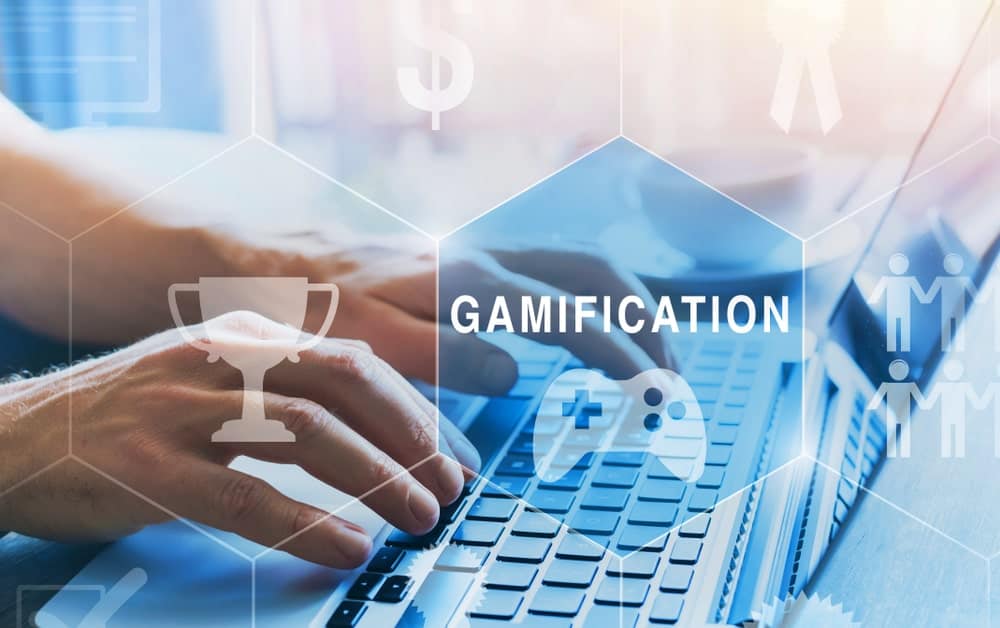
source: pinterest.com
Effective gamification requires monitoring for several reasons. It informs participants about their progress, guides them on how to improve, and helps program managers assess the program’s effectiveness in achieving results. Monitoring and reporting play a crucial role in the success of gamification initiatives.
They provide valuable insights into participant performance, program effectiveness, and areas for improvement.
Additional Gamification Strategies
Implement Progress Tracking Systems:
Implementing progress-tracking mechanisms within gamification initiatives allows participants to monitor their achievements and goals. Progress bars, achievement badges, and personalized dashboards provide visual cues of accomplishments, encouraging participants to continue engaging with the gamified activities.
Incorporate Social Recognition:
Social recognition is a powerful motivator. Incorporate social media features within your gamification platform where participants can share their achievements, badges, or scores. Public recognition boosts individual morale and creates a sense of healthy competition, driving participants to engage and earn recognition from their peers actively.
Introduce Time-Limited Challenges:
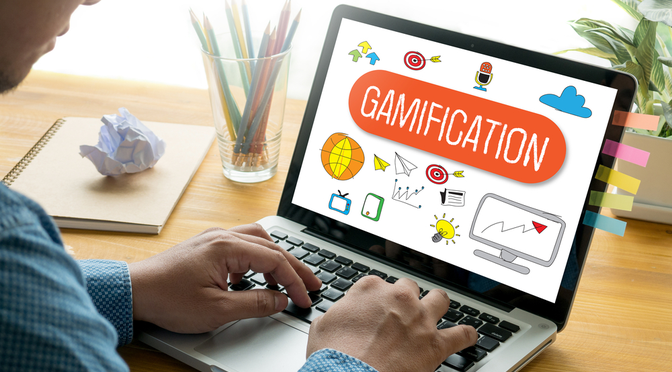
source: pinterest.com
Time-limited challenges create a sense of urgency and excitement. Participants are motivated to act swiftly and efficiently by setting short-duration challenges with enticing rewards. These challenges can be daily, weekly, or monthly, providing regular bursts of engagement that keep participants involved and eager to compete for time-sensitive rewards.
Bolster Team-Based Competitions:
Promote collaboration and camaraderie by organizing team-based competitions. Participants are grouped into teams, each striving to achieve collective goals. Recognize and reward the top-performing teams, fostering a sense of teamwork and healthy rivalry. Team-based competitions enhance social interactions, promoting a positive work environment and encouraging participants to support and motivate each other.
Utilize Gamified Learning Paths:
Incorporate gamified learning paths to facilitate continuous skill development. Create interactive modules, quizzes, and challenges that align with educational or skill-enhancement objectives. Participants progress through levels, earning rewards as they complete modules. Gamified learning paths enhance knowledge retention and provide a structured and engaging approach to employee training and development initiatives.
Wrap Up
Gamification is a powerful tool for enhancing engagement and productivity in the workplace. By providing creative rewards, balancing competition, maintaining transparency, recognizing all participants, and implementing monitoring, companies can leverage gamification to drive success and achieve their business objectives.

